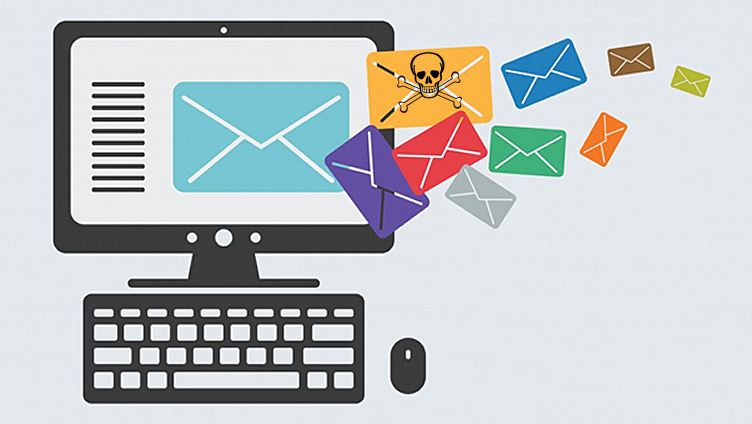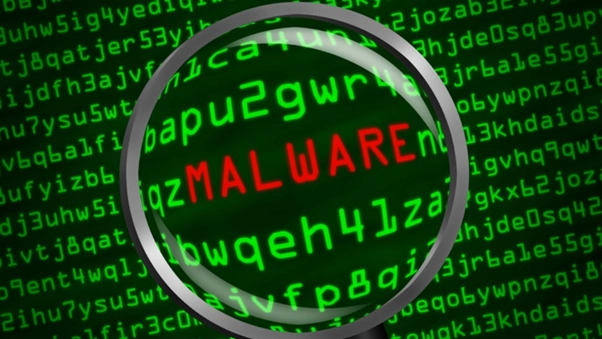Infostealer in a Batch File – SANS Internet Storm Centre The catch is that Xme is a researcher at SANS Internet Storm. Am I the only one to be happy when I see my catch-all mailboxes full of junk? Xme – ISC Handler In this example of a phishing email they …
Continue reading “Here is a story from someone who is happy to see spam email!”




